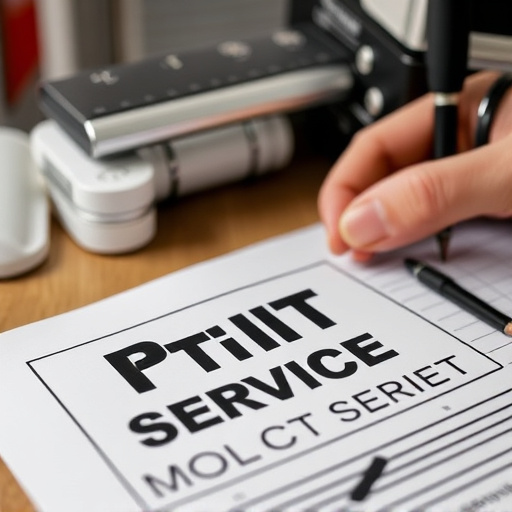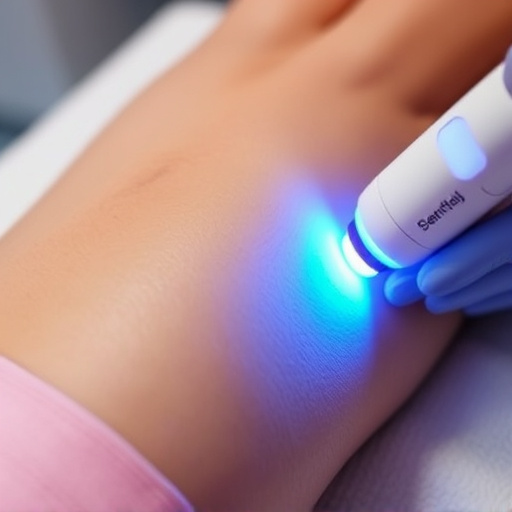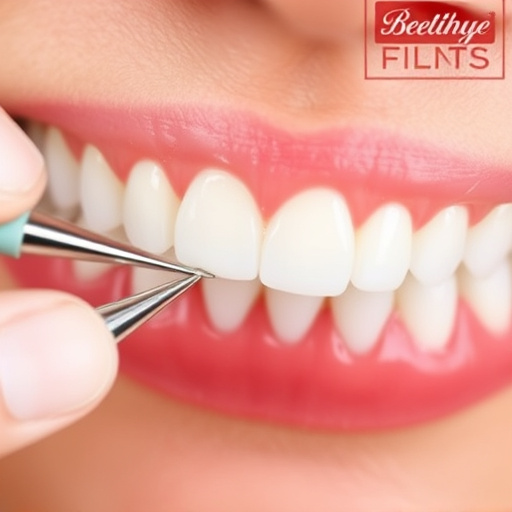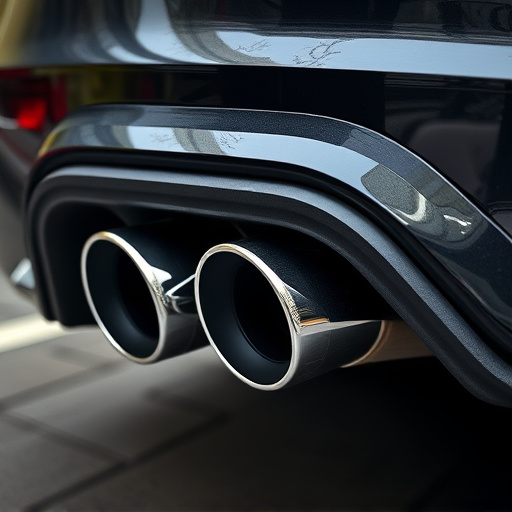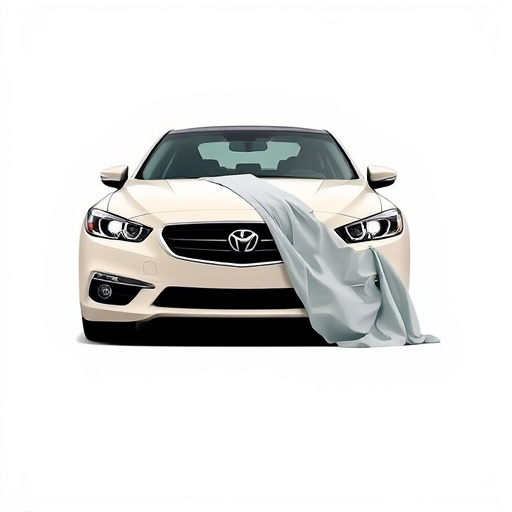Paint enhancement techniques have advanced significantly, providing effective solutions for minor cosmetic issues on vehicles. By using specialized products and protective coatings, these methods restore and elevate the car's exterior to a high-quality finish akin to custom wraps. Enthusiasts appreciate its transformative effects on aesthetics and protection against environmental damage, preserving modifications for longer periods. This affordable solution repairs chips, scratches, and faded finishes with minimal preparation, offering easy application, precise color matching, and durability. However, it may not be suitable for severe damage and has a shorter lifespan compared to wraps or ceramic coatings.
“Discover the power of paint enhancement techniques in transforming minor imperfections into seamless finishes. This comprehensive guide explores how advanced methods can revive your surfaces, eliminating small scratches, chips, and blemishes. From understanding the science behind paint enhancement to uncovering its practical applications, we delve into the benefits and limitations of this cost-effective solution for repairing and revitalizing various materials. Elevate your DIY projects or inform professional decisions with these insights.”
- Understanding Paint Enhancement Techniques
- Addressing Minor Paint Imperfections with Paint Enhancement
- Benefits and Limitations of Using Paint Enhancement for Repair
Understanding Paint Enhancement Techniques
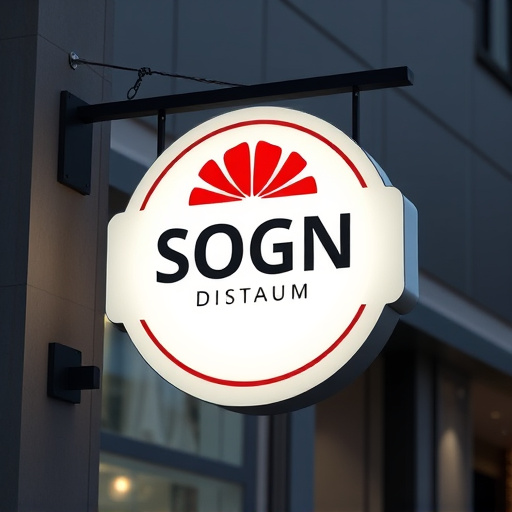
Paint enhancement techniques have evolved over the years, offering a variety of solutions to minor paint imperfections that can detract from a vehicle’s overall appearance. These methods go beyond traditional repairs and aim to restore and enhance the car’s exterior to create a seamless, high-quality finish akin to custom vehicle wraps. The process often involves specialized products designed to fill in small scratches, chips, or imperfections, as well as provide a protective coating that adds depth and luster to the paintwork.
For car customization enthusiasts, paint enhancement can be a game-changer, transforming an ordinary vehicle into a striking showcase of style and precision. By employing these techniques, owners can achieve not only cosmetic improvements but also increased protection against environmental factors that might otherwise damage the paint job over time. This, in turn, ensures that custom wraps or other aesthetic modifications remain intact for longer periods, providing a lasting impression of quality craftsmanship and attention to detail.
Addressing Minor Paint Imperfections with Paint Enhancement

Minor paint imperfections, like scratches, swirls, or small dents, can significantly impact the overall look and value of a vehicle. Thankfully, paint enhancement offers an effective solution to restore its original allure. This process involves various techniques such as polishing, compounding, and sealing to smooth out defects and protect the paintwork.
Paint enhancement is not just about aesthetics; it also serves practical purposes. By addressing these imperfections, you improve the car’s heat rejection properties, which can be crucial in extreme weather conditions. Moreover, for those considering custom vehicle wraps or automotive detailing, a flawless finish sets the stage for showcasing personalized designs and enhances the overall presentation of the vehicle.
Benefits and Limitations of Using Paint Enhancement for Repair
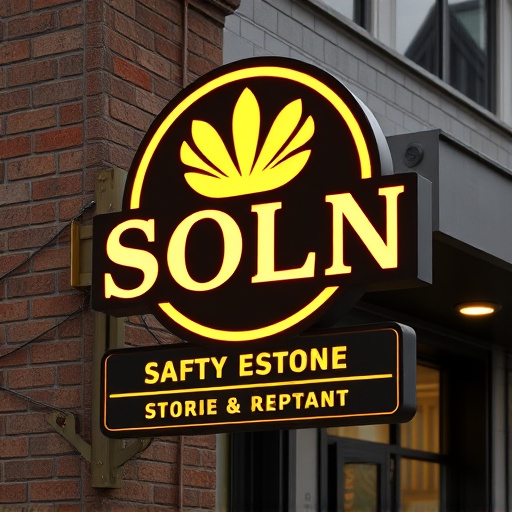
Paint enhancement offers a cost-effective solution for repairing minor paint imperfections, such as chips, scratches, and faded finishes. It involves applying a thin layer of advanced protective coating to the damaged area, which not only restores the look but also provides added durability. Benefits include easy application, minimal preparation required, and the ability to match most existing colors precisely. This method is ideal for quick touch-ups and can extend the life of a vehicle’s paint job by providing an extra layer of protection against environmental factors like UV rays and acid rain.
However, there are limitations to consider. Paint enhancement isn’t suitable for deep or extensive repairs; it’s best used for superficial issues. It may not be as long-lasting as other repair methods, such as custom vehicle wraps or ceramic coatings, which offer superior scratch protection and can last for years with proper care. Additionally, while paint enhancement can make a significant difference in appearance, it won’t change the overall age or condition of the underlying paint, so severe damage might still be visible.
Paint enhancement techniques offer a cost-effective and efficient solution for repairing minor paint imperfections. By using specialized products and methods, such as filler, primer, and topcoats, you can significantly improve the appearance of damaged or faded surfaces. However, it’s important to remember that while paint enhancement can fix small issues, it may not be suitable for more severe damage, and professional repainting could be required for optimal results. Choosing the right approach based on the extent of the imperfections ensures a satisfying restoration.

